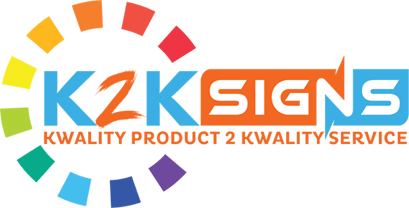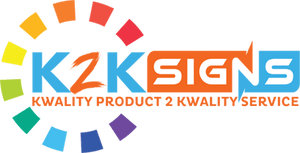Reflective Tapes: A Must - Have for Vehicle and Equipment Safety
Have you ever noticed shiny strips on vehicles or equipment? These are called reflective tapes, which play an important role in keeping you safe.
In this article, we will explore what reflective tapes are, why they are important, where to find them, and how to apply them.

What are Reflective Tapes?
Reflective tapes are made of a special material that reflects light to its source, making objects more visible.They come in different colours, including white, green, yellow, and red, and can be applied to various surfaces, such as metal, plastic, or fabric.
Reflective tapes are used on a variety of objects, including cars, trucks, trailers, bicycles, and construction equipment.
Importance of Reflective Tapes
Reflective tapes have several safety benefits, including:- Increased visibility: Reflective tapes reflect light back to its source, making objects easier to see in low-light conditions, such as at dusk or at night. This is especially important for vehicles or equipment that operate in areas with low visibility, such as highways, construction sites, or rural areas.
- Compliance with regulations: Many countries, including Australia, have regulations requiring certain vehicles and equipment to have reflective tapes. For example, heavy vehicles must have reflective tapes on the rear, sides, and front to increase visibility and reduce the risk of accidents.
Where are Reflective Tapes Used?
Reflective tapes can be used on a variety of vehicles and equipment, including:- Heavy vehicles: Trucks, buses, trailers, and other heavy vehicles require reflective tapes to comply with regulations and improve visibility.
- Light vehicles: Cars, motorcycles, and bicycles can also benefit from reflective tapes to increase visibility and reduce the risk of accidents.
- Construction equipment: Excavators, bulldozers, cranes, and other construction equipment require reflective tapes to increase visibility and reduce the risk of accidents on construction sites.
Popular brands and manufacturers of reflective tapes include:
- 3M: A leading manufacturer of reflective tapes that offer high visibility and durability.
- Avery Dennison: Another popular brand that offers reflective tapes with strong adhesive and high reflectivity.
- Oralite: A brand that offers a range of reflective tapes for different applications, including vehicles, construction equipment, and safety apparel.
How to Apply Reflective Tapes
Applying reflective tapes is easy and can be done with the following steps:- Clean the surface where you want to apply the tape with a clean cloth or alcohol wipe to remove any dirt or grease.
- Cut the tape to the desired length and shape using scissors or a cutter.
- Peel off the backing paper from the tape to expose the adhesive side.
- Apply the tape to the surface, pressing down firmly to ensure it sticks well.
- Use a roller or credit card to smooth out any air bubbles or wrinkles.
Tips for maximum effectiveness of reflective tapes include:
- Use bright colours, such as green or yellow, for maximum visibility.
- Apply the tape to a flat, clean surface for maximum adhesion.
- Replace old or worn-out tapes to ensure maximum reflectivity and effectiveness.
Takeaway
Reflective tapes are a simple yet effective way to increase visibility and reduce the risk of accidents on vehicles and equipment.By understanding the importance of reflective tapes and following the guidelines for application, you can ensure maximum safety and compliance with regulations.
Remember to check the regulations in your country to see if your vehicle or equipment requires reflective tapes, and choose a high-quality brand for maximum visibility and durability.

